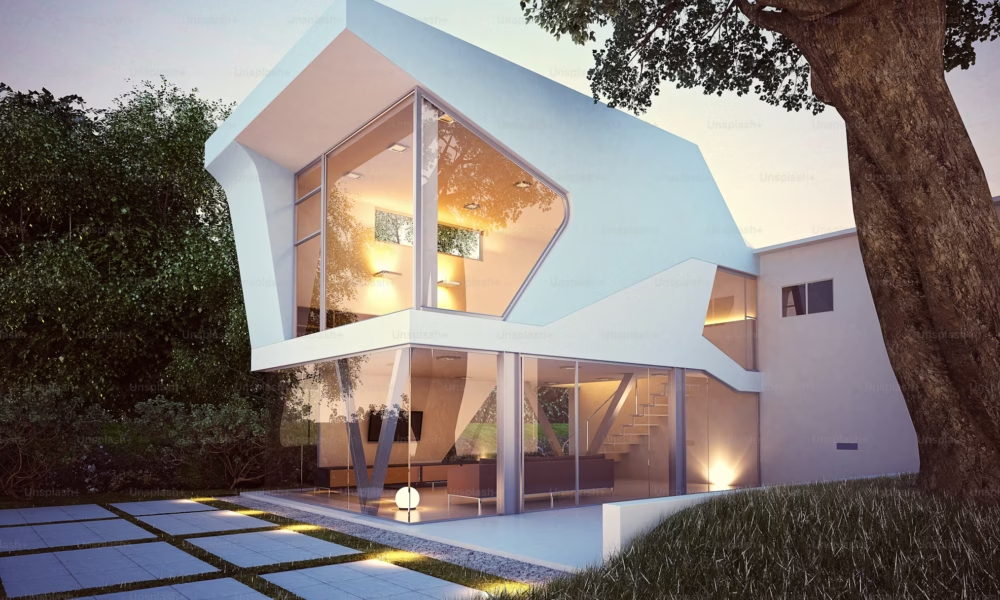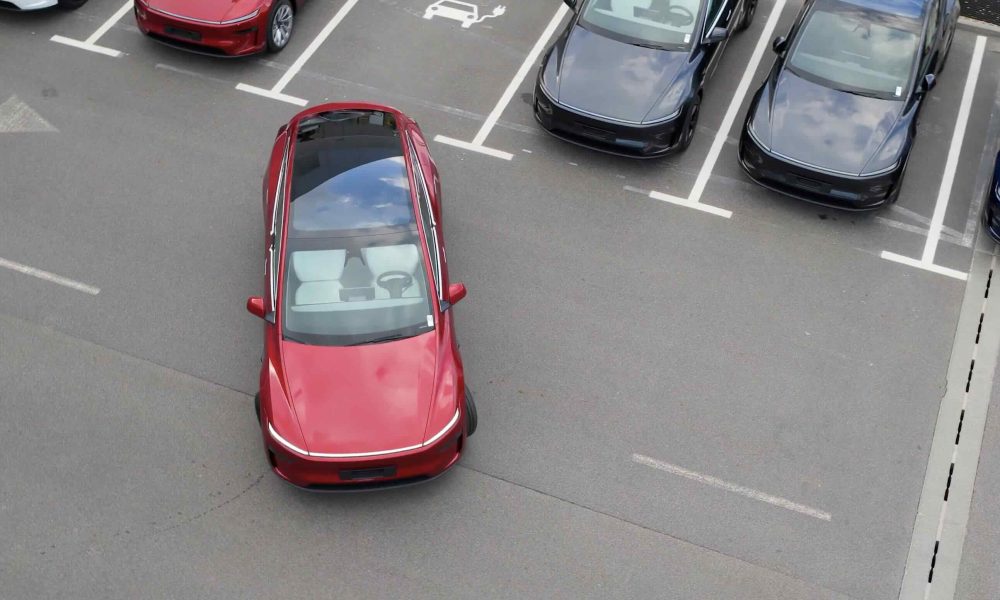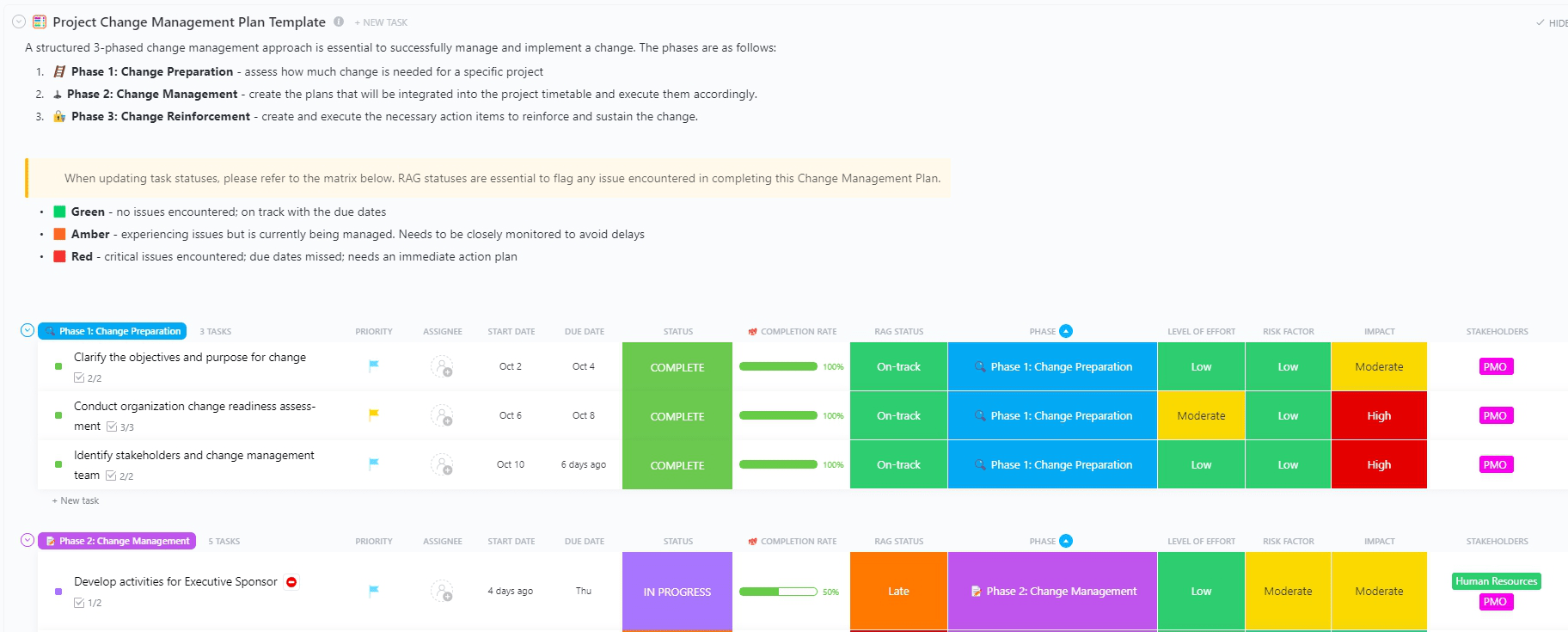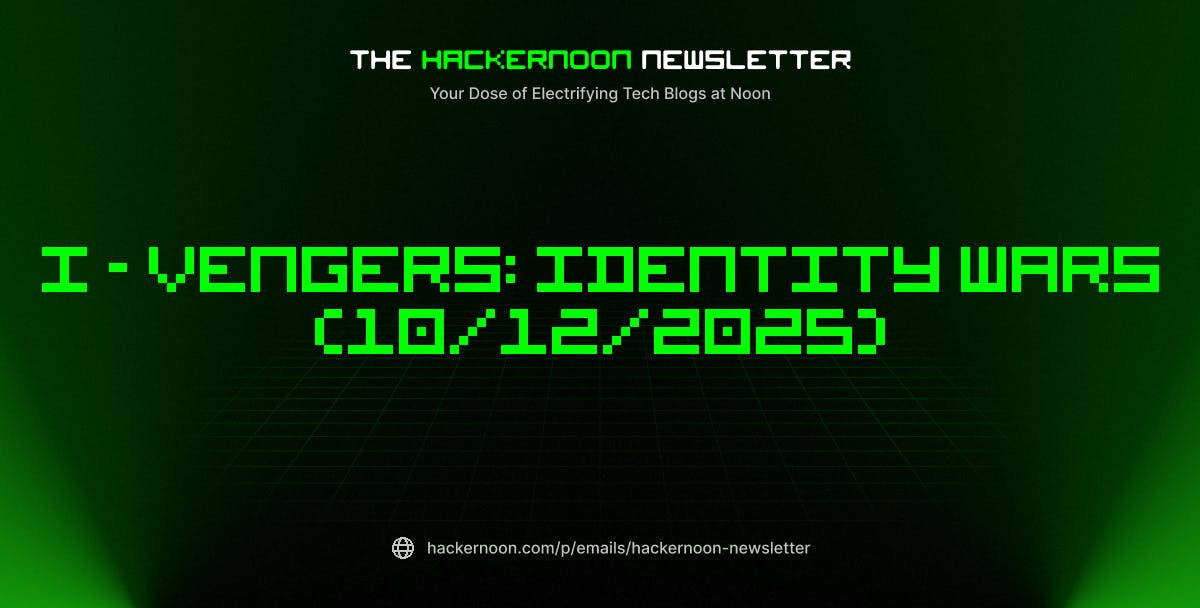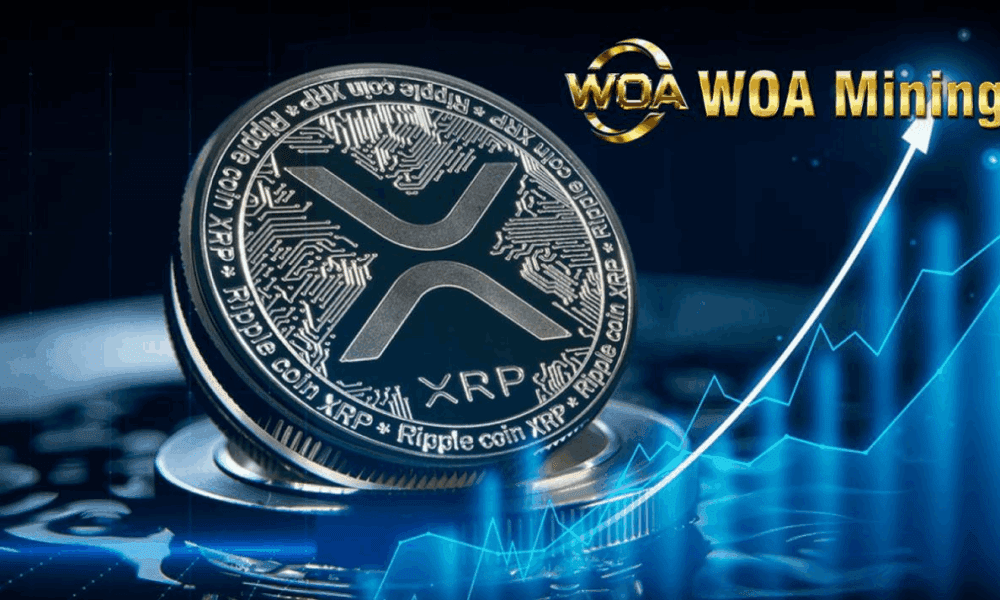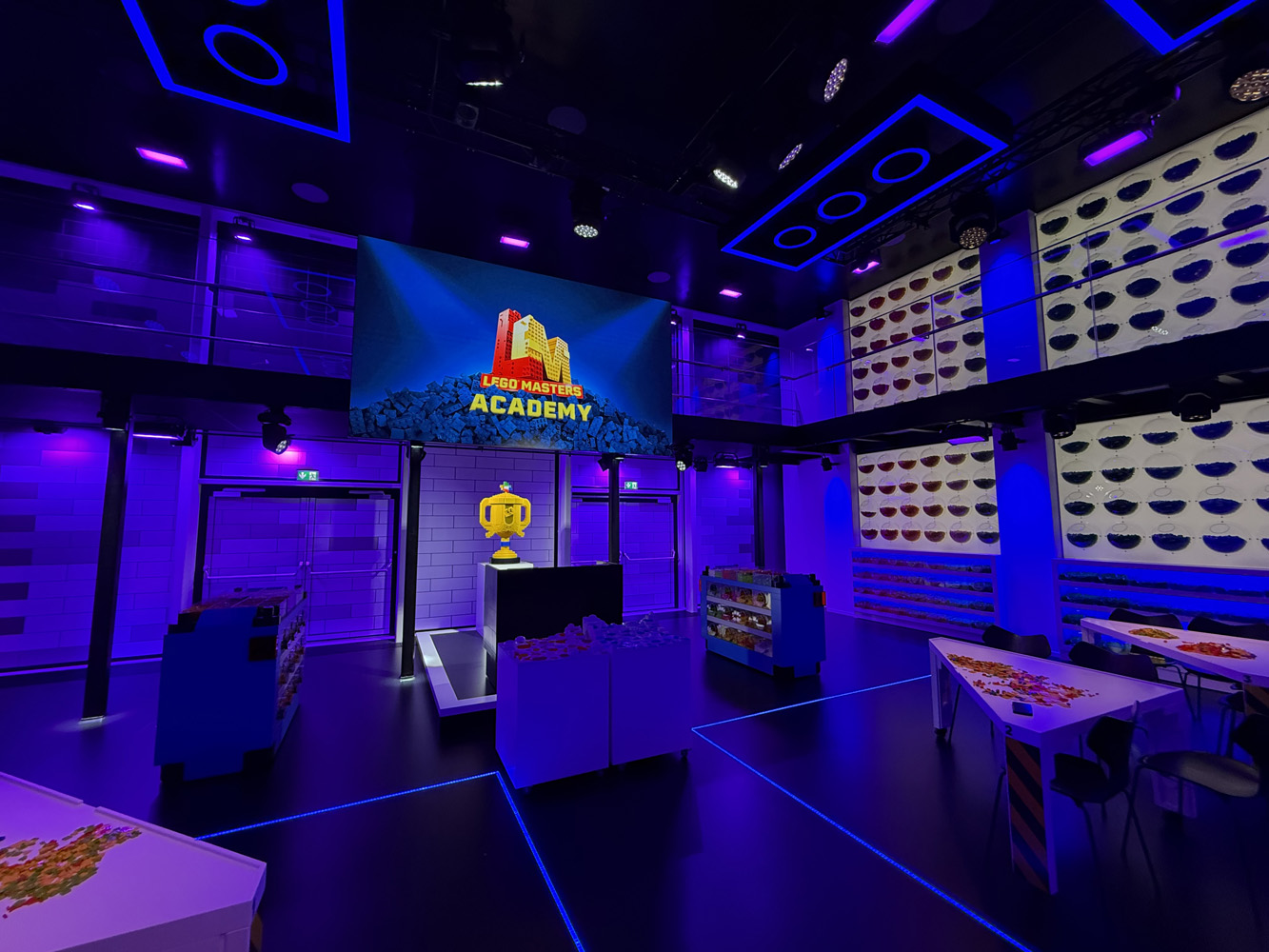The world of architectural precast concrete is undergoing a significant transformation in 2025. As urban environments become more complex and the demand for sustainability and innovation continues to rise, designers and architects are turning to precast solutions that are smarter, greener, and more versatile than ever. From advanced finishes to high-performance systems and modular construction, the architectural precast industry is setting new standards for how buildings are designed and constructed.
In this blog, we’ll explore the top architectural precast trends in 2025 that every designer should be aware of. Whether you’re an architect, builder, or engineer, these trends will help you stay ahead of the curve and design spaces that are both cutting-edge and future-ready.
1. Sustainability Takes Center Stage
Environmental responsibility is no longer a bonus—it’s a requirement. In 2025, sustainable architectural precast materials are a priority for projects aiming to reduce their carbon footprint.
Key Innovations:
- Carbon-sequestering concrete mixes: New formulas are being developed that absorb CO₂ during the curing process.
- Recycled aggregates and materials: Using waste materials in concrete production helps reduce landfill usage and raw material consumption.
- Thermal insulation integration: Precast panels now often include built-in insulation layers to enhance energy performance.
Why it matters for designers: Integrating these sustainable options into your designs not only helps meet environmental standards but also adds value to projects seeking LEED or other green certifications.
2. 3D-Printed Precast Forms and Molds
Thanks to the rise of digital fabrication, with 3D printing, architectural precast concrete manufacturers can now produce intricate custom molds faster and more affordably.
How it works:
- 3D printers can create intricate and custom molds faster and more accurately than traditional methods.
- Designers can prototype and test designs at scale before full production.
Trend Insight: Expect more experimentation with non-linear forms, textured surfaces, and unique geometric shapes made economically viable through additive manufacturing.
Why it matters: This gives designers unprecedented freedom to create bold and intricate facades that were once too expensive or complex to produce.
3. Ultra-High-Performance Concrete (UHPC)
UHPC is redefining what’s possible with architectural precast. In 2025, more projects are turning to this game-changing material.
Benefits of UHPC:
- High compressive strength
- Increased durability
- Slender, elegant panels
- Superior resistance to weather and corrosion
Design Implications: With UHPC, you can achieve thinner wall sections, longer spans, and reduced weight—allowing for more creative freedom without compromising strength or performance.
4. Smart Precast Components
Precast is no longer just about structure—it’s becoming part of the smart building revolution.
What’s new in 2025:
- Embedded sensors: Monitor temperature, moisture, and structural integrity in real time.
- Integration with BIM systems: Real-time data from smart Precast components feeds directly into a building’s digital twin.
Why this matters: Designers and project managers can plan smarter, respond faster to maintenance issues, and ensure higher levels of safety and performance throughout the lifecycle of the building.
5. Textured and Articulated Surfaces
Gone are the days of boring concrete facades. Precast in 2025 is all about artistry and detail.
Surface design trends:
- Intricate patterns and graphic elements
- Use of natural textures like wood grain, stone, and brick imitations
- Custom color blends and stains for vibrant facades
Tools like photogrammetry and CNC-milled molds are helping designers bring storytelling and visual richness to life through concrete.
Design Note: Architectural precast can now express identity and culture while maintaining all the practical benefits of concrete.
- Prefabrication and Modular Integration
Time is money, and precast’s ability to support faster, more controlled construction has never been more in demand.
What’s trending:
- Offsite manufacturing of entire wall systems, including windows and insulation
- Precast modules for bathrooms, stairwells, and elevator shafts
- Hybrid steel-precast structural elements
Why it’s important: These innovations reduce site labor, minimize weather delays, and increase construction efficiency—a huge win for tight timelines and urban infill projects.
- Customization Through Digital Design Tools
In 2025, architects are using parametric and generative design software to create forms optimized for performance, fabrication, and aesthetics.
Leading software integrations:
- Grasshopper for Rhino
- Revit with precast plugins
- Digital twins for lifecycle planning
What it enables:
- Streamlined collaboration between designers, fabricators, and contractors
- Real-time adjustment of panel dimensions and layouts
- Cost and waste reduction through precision
Why this matters: You can deliver unique, client-specific solutions without compromising cost or constructability.
8. Color and Pigmentation Trends
Designers in 2025 are embracing bold and natural tones in their precast palettes.
Popular color trends:
- Soft earth tones like clay, taupe, and sandstone
- Industrial grays with subtle blues or greens
- Bold accent colors integrated directly into the mix
- Pigmented concrete and acid-stained finishes are creating expressive facades that don’t fade or peel like paint.
Why it’s useful: It adds long-term visual impact and can be used to harmonize buildings with their surroundings or create distinct brand identities.
- Resilient and Disaster-Ready Designs
As climate change drives more extreme weather events, resilience is a top priority in design. Precast concrete’s ability to resist fire, wind, flood, and seismic activity makes it a strong choice for building envelopes.
In 2025, look for:
- Precast storm shelters and flood-resistant foundations
- Reinforced panels for seismic zones
- Fire-rated wall assemblies integrated with passive fire systems
Why this matters: Designers are expected to prioritize safety and compliance while still delivering aesthetic value.
- Collaborative Design-to-Delivery Processes
The precast construction industry is adopting Integrated Project Delivery (IPD) and Design-Build models, which emphasize early collaboration between stakeholders.
What’s new:
- Fabricators contributing to design decisions early on
- 3D coordination to avoid conflicts on site
- Faster approvals through digital models
Why it matters: This trend supports value engineering without sacrificing design intent, enabling smoother project execution and better outcomes for all parties.
Final Thoughts
Architectural precast concrete in 2025 is more than just a building material—it’s a dynamic design tool that’s pushing the limits of what’s possible in modern construction. From sustainable innovations to smart technologies, and from complex textures to modular efficiency, precast is offering architects and designers unmatched possibilities.
If you want to stay competitive and design future-proof spaces, now’s the time to integrate these trends into your design process. Embrace technology, collaborate early, and think creatively—because the future of precast is bold, beautiful, and built to last.
Looking to bring innovative precast solutions into your next project? Partner with specialists who understand these emerging trends and how to implement them effectively. Make your designs stand out with the power and beauty of architectural precast in 2025.

